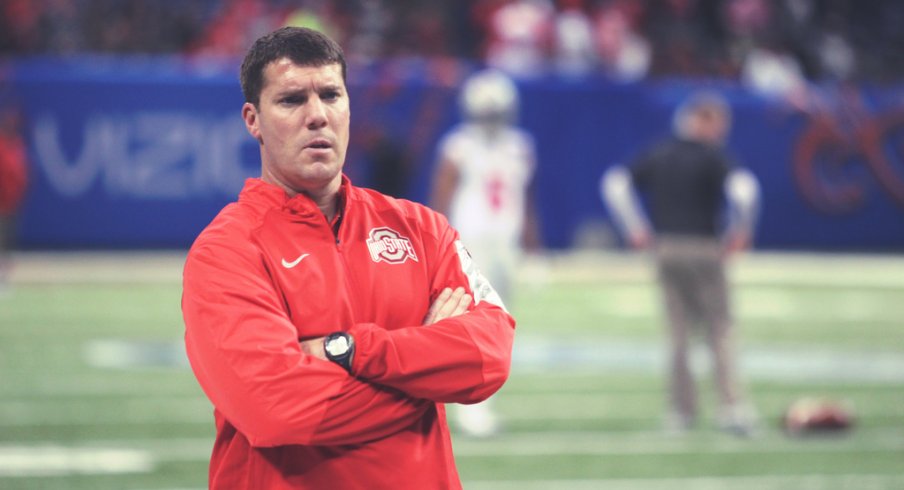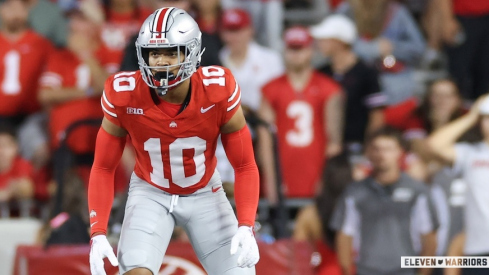This spring defensive coordinator Chris Ash detailed his 4-3 over, cover 4 defense. We previously examined his base front and rules for cover 4. Now we address how he responds to one threat to cover 4 – a trips offensive formation, i.e. 3 receivers to one side of the field.
As discussed, cover 4 provides a versatile response to spread offenses. Using one defensive back to defend each quarter of the field allows a defense to cover 4 vertical routes.
Yet quarters is also a matchup zone. Each defensive back will play man coverage in his quarter. But if a receiver crosses out of that zone the defender will pass him off to his teammate. He will then expect a receiver to enter his zone – who he will in turn cover.
In so doing, quarters has its third benefit – which is applying additional defenders against the run. The safeties read the number two (inside) receiver. If that receiver blocks, the safeties can fill against the run.
Three vs. Two
Yet every defense has weaknesses. Quarters is a balanced coverage. It places two secondary members and one and a half linebackers to each side of the center line (with the Mike splitting the field down the middle).
Such a balanced look faces a challenged from unbalanced offensive formations. And no unbalanced look is more popular than trips, meaning three wide receivers to one side. Spread offenses generally use trips with four wide receivers – placing three to one side with a lone wide receiver opposite.
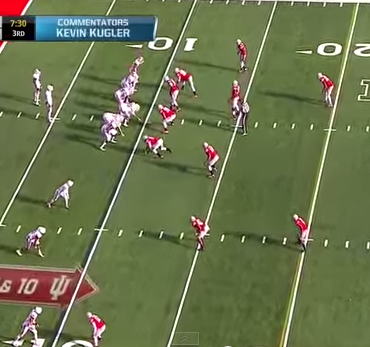
And to make matters more difficult, offensive coaches often place their best wide receiver opposite the trips. This forces a defense to choose – do you shift to the trips? Or do you defend the best wide receiver – making the defense structurally unbalanced?
Finding Answers
Of course, no good defensive coordinator is going to simply let the offense dictate to them. And Ash is no exception.
Ash has instead crafted three primary responses that allows him to utilize his base defensive coverage against trips.
His first check is solo. Solo is a basic check many defenses use against trips. In effect the backside safety cheats to the trips side. The trips-side corner and safety play the number one and two receiver (the two farthest outside receivers) in man coverage. The backside safety then keys number three (the inside receiver), following the same progression he would normally use if that receiver was to his side.
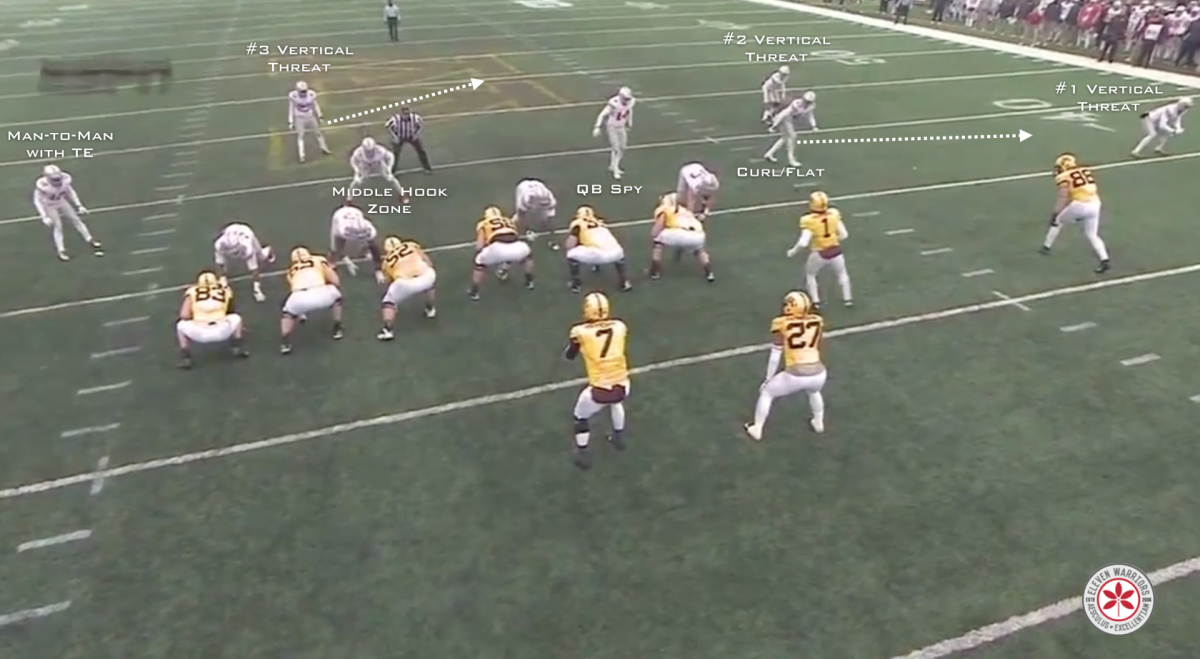

Ash's second check is mini. Ash describes mini as a special concept. The trips-side corner plays the number one receiver in man coverage. The outside linebacker and safety play cover 2 on the number two and three receivers, with the outside linebacker playing the curl/flat and the safety the hook to vertical. The safety can serve as a rover if no vertical threat appears.

The final check is danger. Ash only utilizes danger if the outside receiver is a low percentage target. Danger cheats the defense to the inside trips receivers.
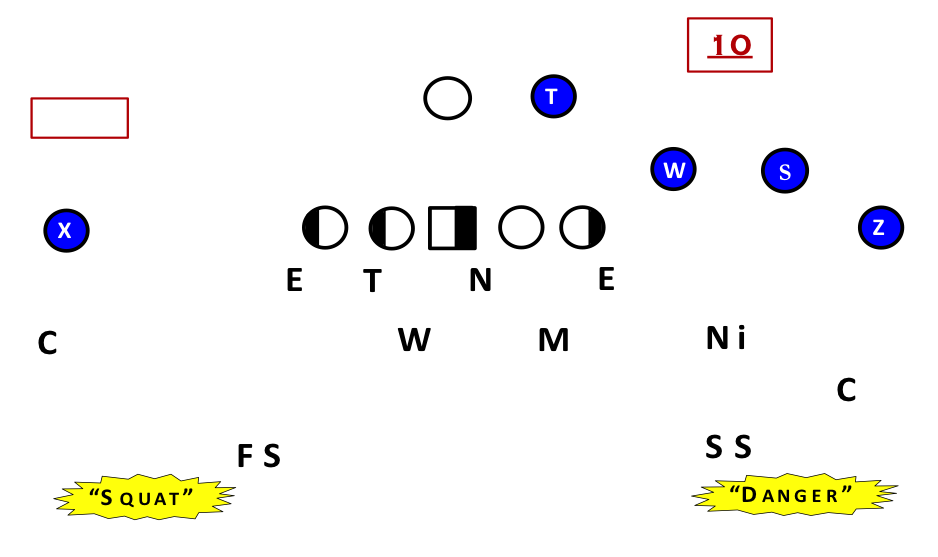
The trips-side corner favors inside towards the number two receiver. And the safety favors inside to the number three receiver. It is a less aggressive form of matchup zone coverage – one Ash refers to as country cover 4.
With these three checks, Ash accomplishes two purposes. He not only has answers to trips. He also introduces enough variation so that opposing coaches do not necessarily know how he will defend trips. In some ways solo and danger are mirrors of one another, with solo cheating the defense towards the trips, and danger cheating the defense back inside.
An undervalued aspect of last season's national championship was Ash's stubborness in implementing his cover 4 scheme. He recognized that growing pains were inevitable. So he did not shy away from his scheme – even when that scheme led to coverage breakdowns in the first half of the season and opponent rushing success in November. But by the playoffs the Buckeye defenders had embraced the identity and were cover 4 experts – allowing them to play their best when it counted.
